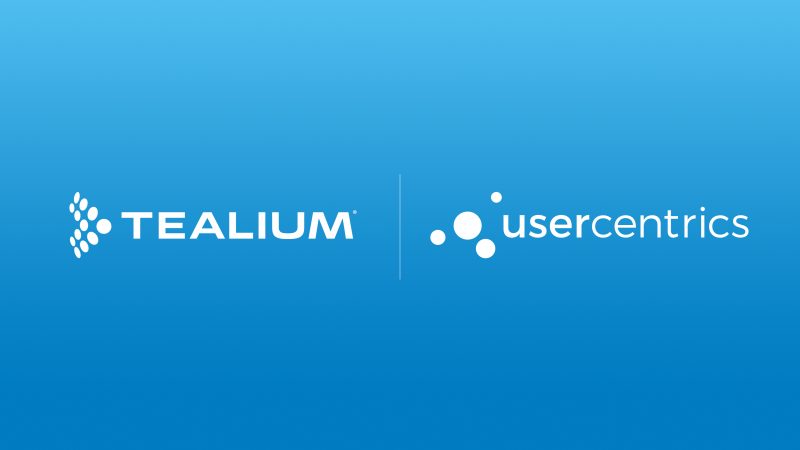[rt_reading_time label=”Reading Time:” postfix=”minutes” postfix_singular=”minute” padding_vertical=”4″]
Often in website optimization, you don’t exactly need the Artificial Intelligence team to identify the quick wins that contribute to a better user experience. If your “Next Step” button is impossible to find, then a few reasonable design adjustments will help get your visitors to the next step. The same is true when you first address improving your website performance.
What are simple best practices to follow that will give me the greatest impact on my site performance?
It turns out that with the single step of implementing a tag management system (TMS), you can address most of the page speed best practices giving you the greatest improvement to your site performance.
Google and Yahoo have excellent resources on this topic that we can use to measure up against:
With the single step of implementing a tag management system (TMS), you can address most of the page speed best practices giving you the greatest improvement to your website performance. Share on XFrom the above lists, Google has 10 best practice recommendations for page speed and Yahoo has 35. A number of these items are application-specific (how to handle CSS the most effectively) and thus outside the scope of a TMS, but a surprisingly large chunk of improvements are covered.
Out of these best practices, a TMS (we specifically used Tealium iQ Tag Management for our evaluation, of course) helps address 7 of Google’s 10 recommendations and more than 10 of Yahoo’s recommendations in a single step.
Let’s dive in and see how a Tag Management System (TMS) helps you optimize website performance:
- Enable Compression: Tealium automatically gzips content delivered from CDNs
- Leverage Browser Caching: Tealium’s JavaScript caches by default. Only modified tags will be retrieved (and then re-cached).
- Minify Resources: Tealium’s “minify” checkbox is checked by default
- Prioritize Visible Content: Tealium’s setting is to default tag execution wait until after DOM Ready. Your content-displaying logic always runs first (before tags).
- Remove Render-blocking JavaScript: Your first step with Tealium is moving tags off of your page and into Tealium’s non-blocking JavaScript container
- Use Asynchronous Scripts: Tealium’s default mode has always been asynchronous
- Minimize HTTP Requests: Tealium’s tags can be “Bundled” into a single .js file
- Use a Content Delivery Network: Because one CDN just isn’t good enough, Tealium uses multiple CDNs
- Add an Expires or a Cache-Control Header: Check
- Gzip Components: Check
- Put Scripts at the Bottom: Default setting for tags is “Wait = True” (tags will be set to run after DOM Ready)
- Make JavaScript and CSS External: Tealium hosts your JavaScript in our tags domain
- Reduce DNS Lookups: If adding one more domain is too much, Tealium provides the option to host tags on your own CDN
- Minify JavaScript and CSS: Check
- Remove Duplicate Scripts: Controlling your tags in a TMS reduces chances of multiple script includes in your page source
- Split Components Across Domains: Your tag components are hosted on Tealium’s CDN
- Minimize the Number of iframes: Tealium typically will provide the option to use the Image pixel for a vendor (over their iframe pixel)
- Reduce Cookie Size: Tealium’s Customer Data Hub (CDH) Visitor Service uses Local Storage to store persistent data for that visitor in their browser
- Use Cookie-free Domains for Components: The automatic benefit of using Tealium’s CDNs to host JavaScript means that your 1st party cookies are *not* sent with every request
With Tealium’s Customer Data Hub you can also leverage cloud-based event delivery, which enhances your ability to “Minimize HTTP Requests” (Yahoo’s list) to improve site performance.
Combined with the capability that Tealium iQ will “Prioritize visible content” (Google’s list) by delaying tag pixels from firing until after the DOM Ready event, this setup gives you ultimate flexibility to tune website performance as needed. Consult your Tealium Account Executive (for new clients) or Account Manager (for existing clients) for the best solution for your site.
The above concepts highlighted by Google and Yahoo are typically the best practices for web page/application development. With respect to your tags, you’ll get all of these best practice features automatically with Tealium iQ Tag Management System (TMS). Tealium provides a solution to get the foundational things done right for overall improvement in your website performance.
For a more in-depth look at this topic and specific strategies you can start implementing today for greater website speed download our latest whitepaper on “Best Practices for Optimizing Website Performance With Tag Management.”







